Author: Matt Del Fiacco
Kettle hop additions are typically split into three categories– beginning of the boil for bitterness, halfway through for flavor, and end of the boil for aroma. A part of this arguably old school mentality is based on the fact that certain compounds in hops react differently based on time and heat. For example, the isomerization of alpha acids that leads to bitterness is widely accepted as requiring hops be in contact with boiling wort for a certain duration, during which volatile oils that impart desirable flavor and aroma are purportedly driven off, hence later kettle additions are made to preserve those delicate oils.
Brewers these days seem to be favoring later kettle hop additions while paying little mind to the “classic” approach when it comes to bittering, a trend influenced by the rise in popularity of hazy IPA, which is known to lack the more assertive bitterness of its west coast counterpart. While this can be achieved by using less hops early on in the boil, many brewers have begun reducing their total boil length and skipping the early bittering addition altogether, relying solely on late kettle hop additions.
I’ve always been a bit skeptical of the contributions that are placed around mid-boil additions and have tended to favor later kettle additions to impart more hop character. It wan’t until I read The New IPA: Scientific Guide To Hop Aroma and Flavor by Scott Janish that I began to wonder what I might be missing by leaving out those earlier hop additions. Curious to see for myself, I set out to challenge my own judgement!
| PURPOSE |
To evaluate the differences between beers bittered to the same IBU with the same hop with either 60 minutes or 30 minutes left in the boil.
| METHODS |
Wanting to make sure any impact of the variable was readily apparent, I went with a simple Blonde Ale that received a single hop addition for this xBmt.
Timing Is Everything
Recipe Details
| Batch Size | Boil Time | IBU | SRM | Est. OG | Est. FG | ABV |
|---|---|---|---|---|---|---|
| 5 gal | 60 min | 23.9 IBUs | 4.1 SRM | 1.038 | 1.009 | 3.8 % |
| Actuals | 1.038 | 1.01 | 3.7 % | |||
Fermentables
| Name | Amount | % |
|---|---|---|
| Pale Ale Malt (Muntons) | 7.5 lbs | 100 |
Hops
| Name | Amount | Time | Use | Form | Alpha % |
|---|---|---|---|---|---|
| Lemondrop | 31 g | 60 min | Boil | Pellet | 5.5 |
Yeast
| Name | Lab | Attenuation | Temperature |
|---|---|---|---|
| Independence (A15) | Imperial Yeast | 74% | 60°F - 72°F |
Download
| Download this recipe's BeerXML file |
I made a couple starters of Imperial Yeast A15 Independence a couple days ahead of time.
Having collected and adjusted the brewing water the night before, I started my brew day by setting the controllers to warm each batch to strike temperature.
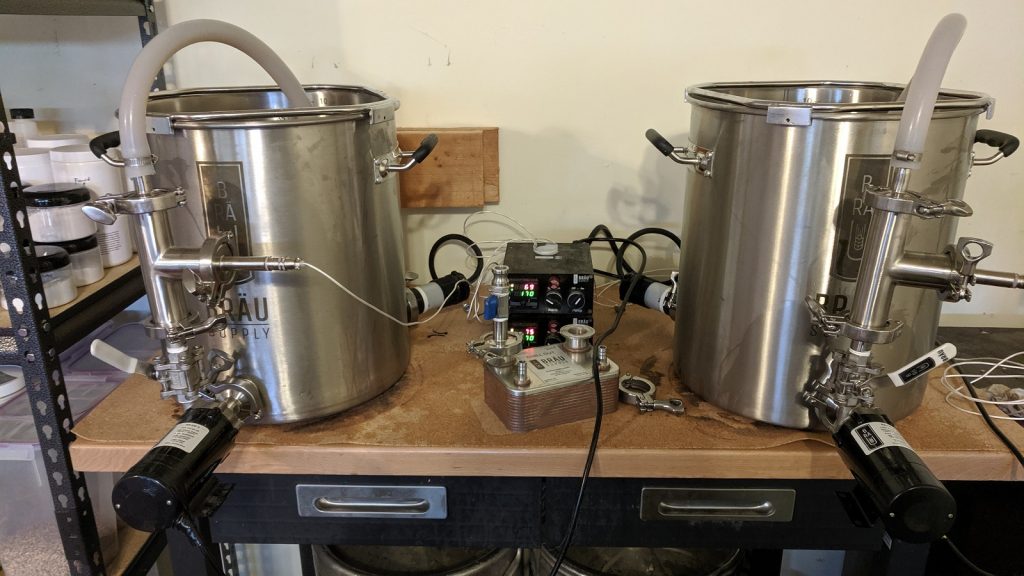
As the water was heating, I weighed out and milled the grain for each batch.
With the water properly heated, I added the grains, kicked the pumps on, then checked to make sure both hit my intended mash temperature.
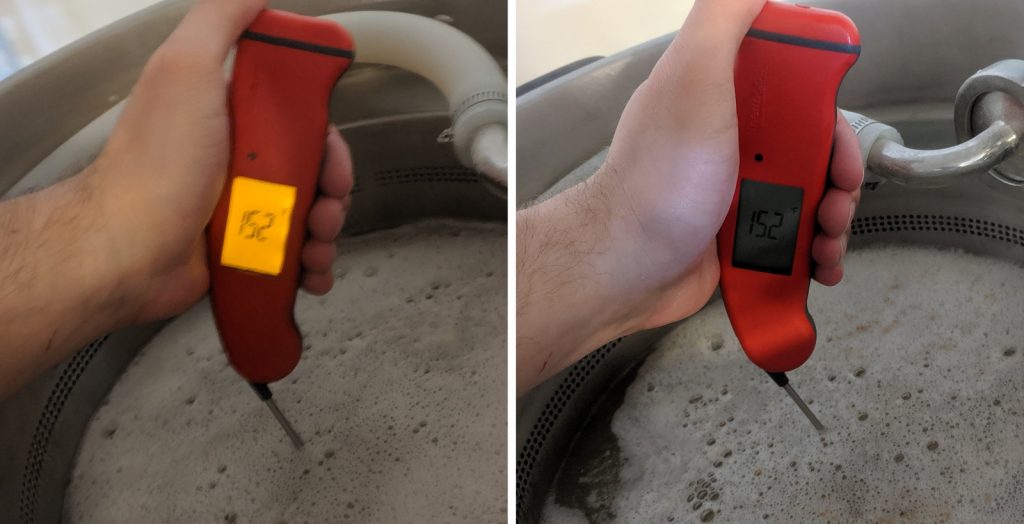
Following each 60 minute mash rest, I removed the grain baskets and let the drain while the wort was heating to a boil.
While waiting for the wort to heat up, I weighed out the kettle hop additions, each amount determined by the predicted IBU based on the point in the boil at which they would be added.
Both worts were boiled for 60 minutes with one batch receiving the hop addition as soon as a boil was reached while the other was hit after the wort had boiled for 30 minutes.
With each boil complete, the wort was transferred through a plate chiller on their way to sanitized Anvil fermentation buckets.
Hydrometer measurements revealed both worts achieved the same OG.
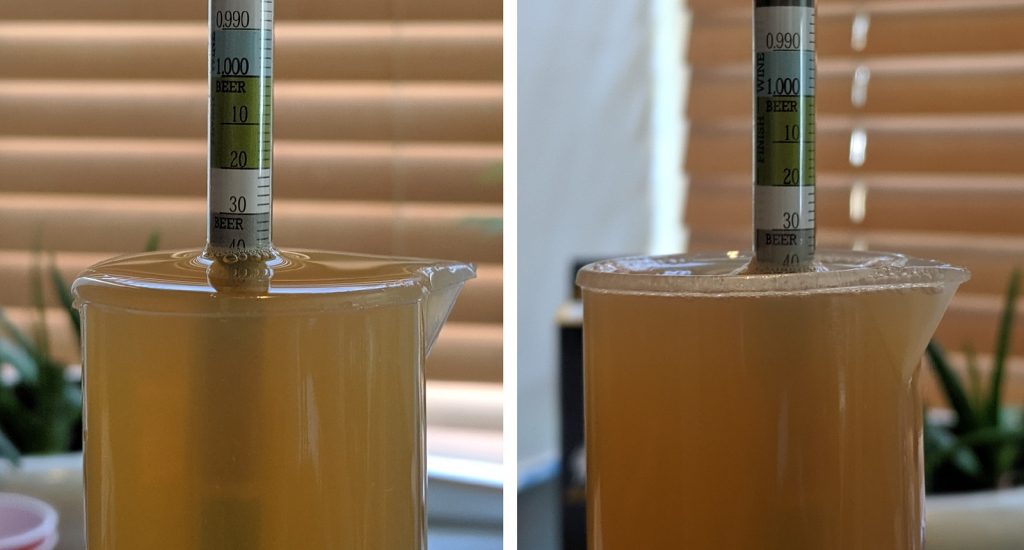
The fermenters were placed in chambers controlled to my desired 65°F/18°C pitching temperature and allowed to finish chilling overnight, after which I pitched the yeast starters.
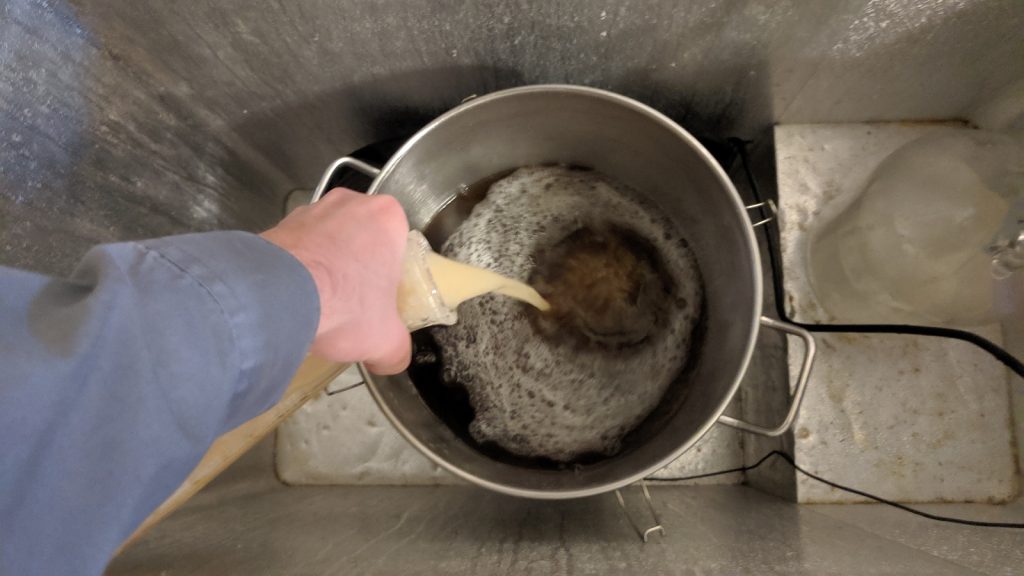
I noticed bubbling in the airlocks later that day. With no signs of activity after 8 days, I took hydrometer measurements showing both had reached the same FG.
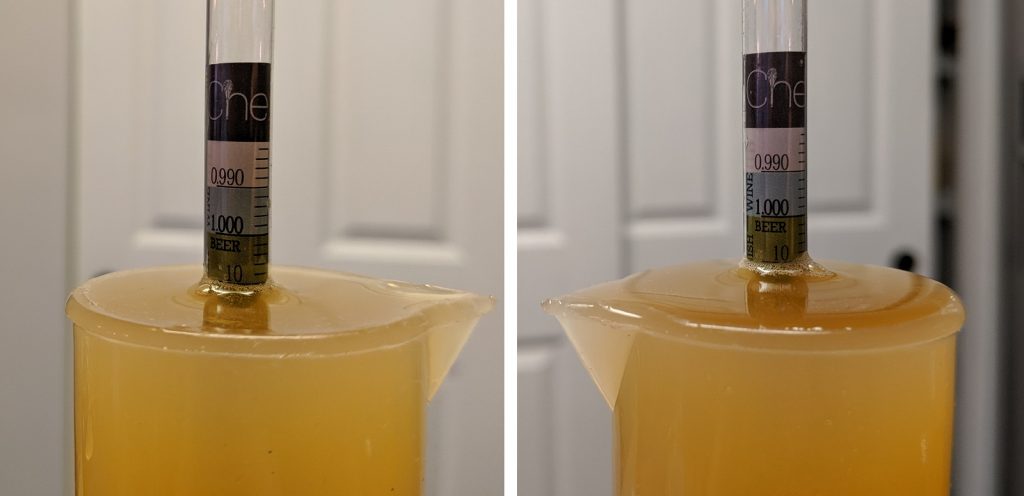
I proceeded with racking the beers to kegs then placing them in my kegerator where they were burst carbonated and allowed to cold condition for a week before being served to participants.
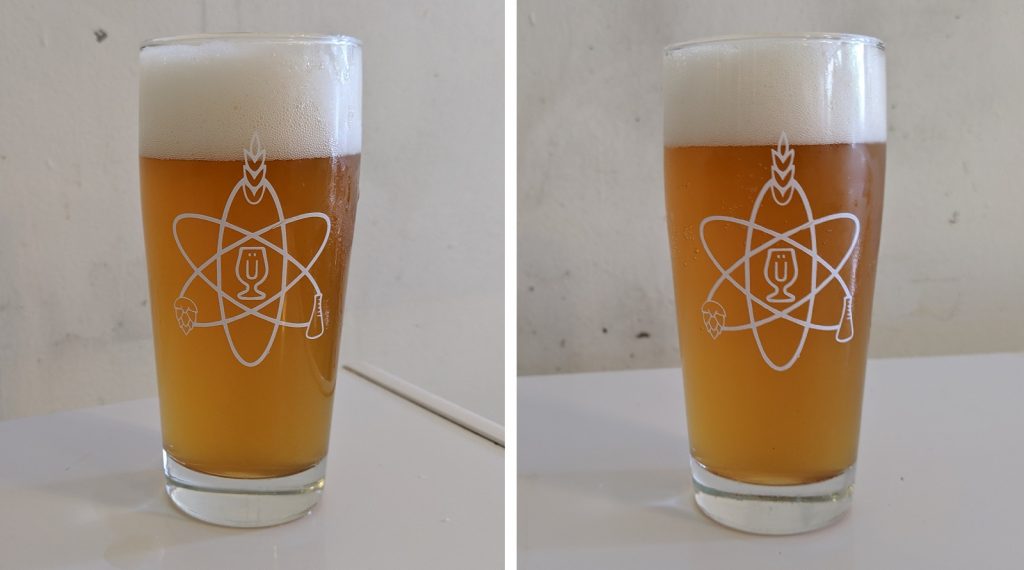
| RESULTS |
A total of 22 people of varying levels of experience participated in this xBmt. Each participant was served 1 sample of the beer hopped with 60 minutes left in the boil and 2 samples of the beer hopped with 30 minutes left in the boil in different colored opaque cups then asked to identify the unique sample. A total of 12 tasters (p<0.05) would have had to identify the unique sample in order to reach statistical significance, which is precisely the number who made the accurate selection (p=0.033), indicating participants in this xBmt could reliably distinguish Blonde Ales bittered to the same IBU at either 60 or 30 minutes left in the boil.
The 12 participants who made the accurate selection on the triangle test were instructed to complete a brief preference survey comparing only the beers that were different. A total of 4 tasters reported preferring the beer bittered at 60 minutes, another 5 said they liked the beer bittered at 30 minutes more, and 3 had no preference despite noticing a difference.
My Impressions: Having failed a similar experiment done by Basic Brewing Radio, I didn’t go into this xBmt with much confidence. However, out of 5 triangle test attempts, I chose the unique sample 4 times, which is pretty consistent. To me, the beer bittered at 60 minutes had a more restrained hop aroma with a more present crackery malt sweetness, while the 30 minute batch had subtle yet more noticeable lemon and pine notes. My preference was for that batch bittered at 30 minutes, as I enjoyed the lemony hop character.
| DISCUSSION |
The idea that hop additions made early in the boil are solely for bitterness while those made later impart flavor and aroma has been around for a long time, and there’s little question most brewers have been influenced by this rule of thumb. As anyone who has brewed a delicious Helles with a single early boil hop addition likely knows, some hop character does seem to come through along with the bitterness, though not as strong a later kettle additions. The fact tasters in this xBmt were able to tell apart beers hit with a bittering charge with either 60 or 30 minutes left in the boil when IBU is controlled suggests time of addition may have an impact.
However, it’s also possible the difference in the amount of hops used in each batch is responsible for tasters’ ability to tell them apart. Then again, the 60 minute addition beer only received 9 grams less, which really isn’t that much. Seeing as the goal was to control for IBU, using more hops for the 30 minute addition batch was arguably a function of the variable, and anyone employing such a method would conceivably increase the hop amount to make up for lower IBU.
In follow-up conversations with tasters who completed the survey, some noted making their decision based on aroma alone while others commented on differences in flavor profile. I agree with the former and felt the 30 minute addition beer had slightly more hop character overall, though I didn’t perceive much of a difference in regards to bitterness. Having brewed several successful Short & Shoddy beers where all of the bitterness came from hop additions made in the last 30 minutes of the boil, I was somewhat surprised with the findings of this xBmt. Overall, my thinking about kettle hop timing has certainly been influenced by these results, in fact I think I’ll go back and adapt some old recipes to include typical “flavor” additions, perhaps that’ll bring them into their own.
If you have any thoughts about this xBmt, please do not hesitate to share in the comments section below!
Support Brülosophy In Style!
All designs are available in various colors and sizes on Amazon!
Follow Brülosophy on:
FACEBOOK | TWITTER | INSTAGRAM
If you enjoy this stuff and feel compelled to support Brulosophy.com, please check out the Support page for details on how you can very easily do so. Thanks!


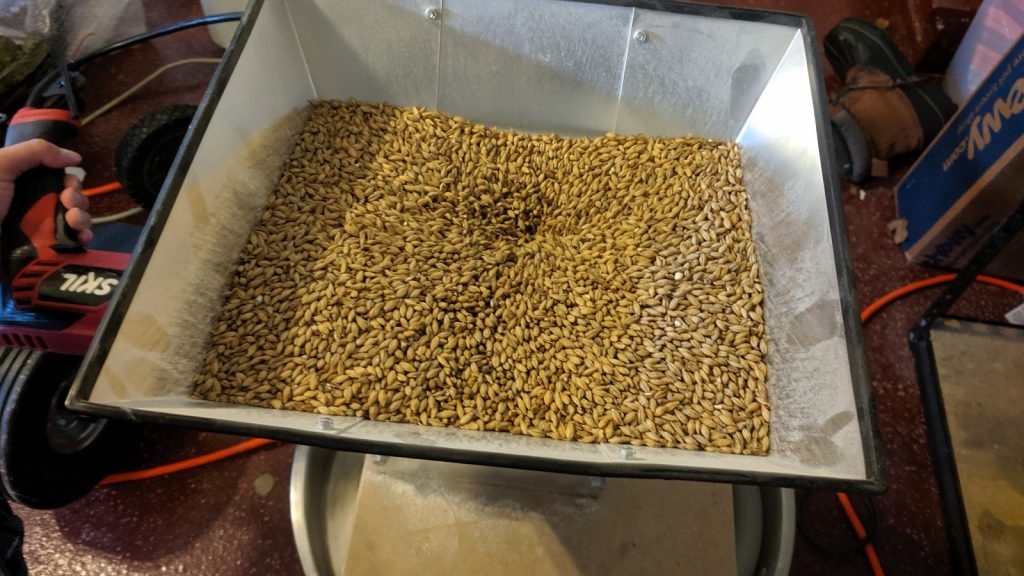
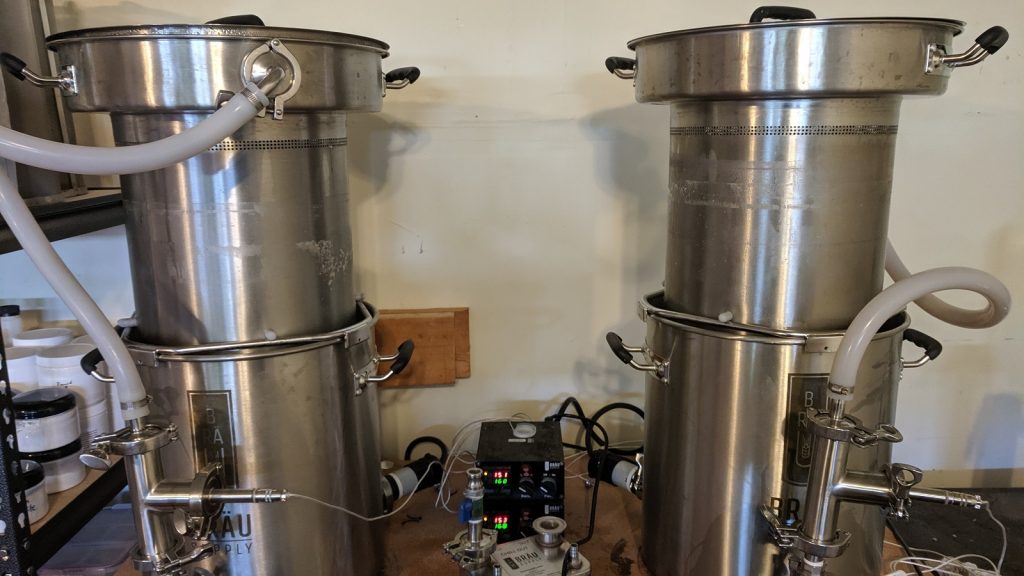
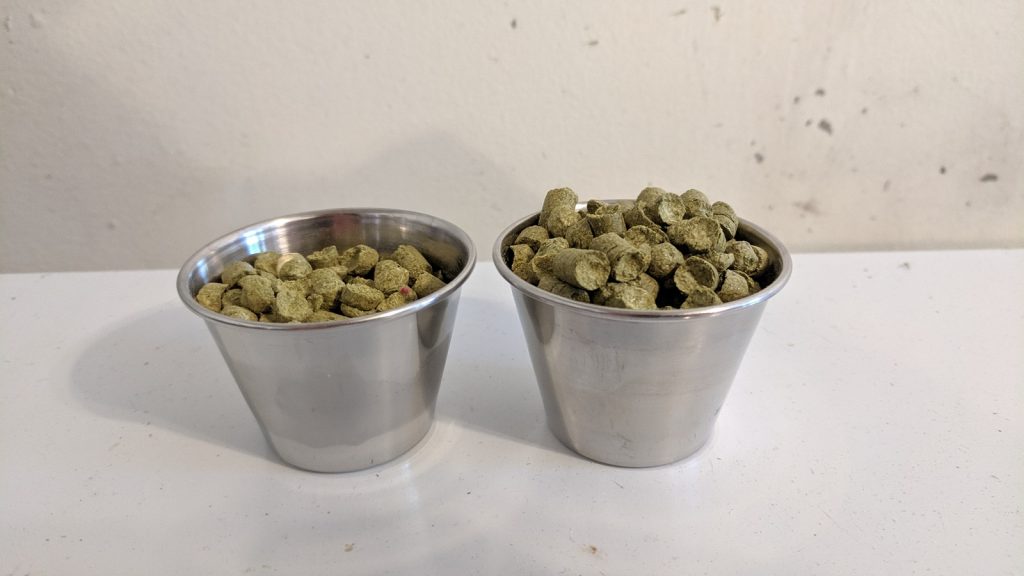
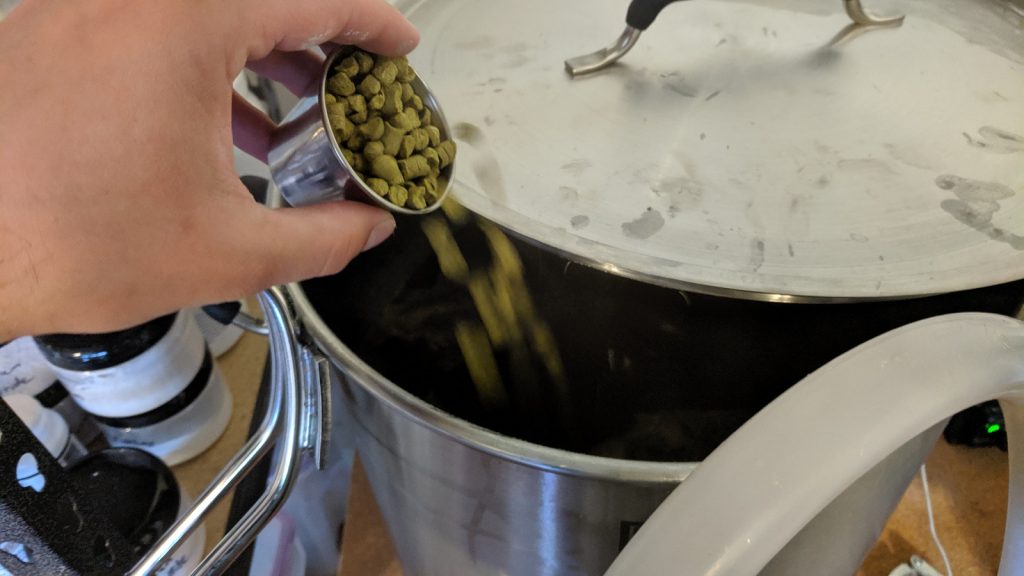
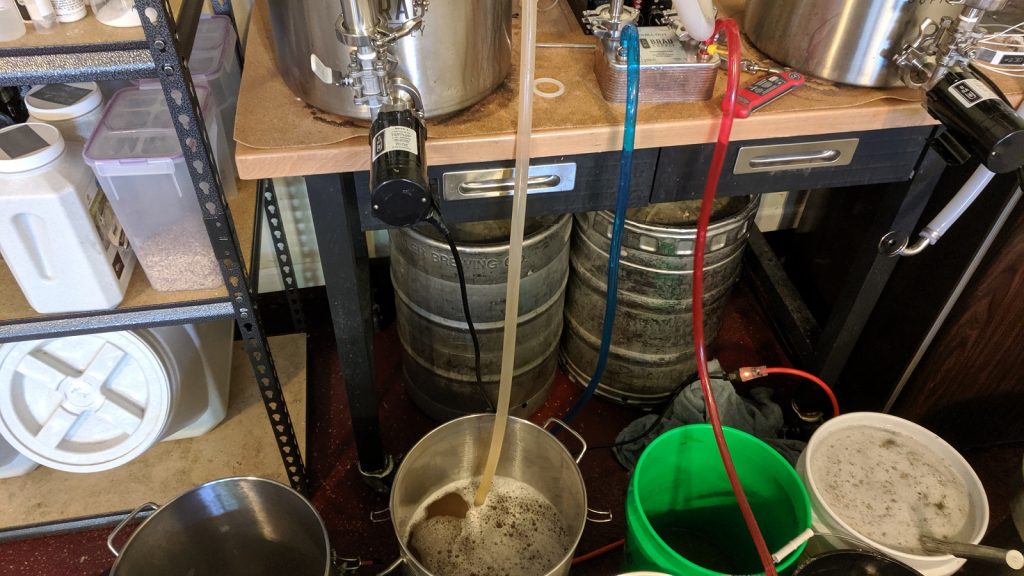










15 thoughts on “exBEERiment | Bittering Hops: 60 Minute vs. 30 Minute Kettle Addition In Blonde Ale”
What’s going on with the hydrometer picture? Not the same values, not even the same color, and certainly not 1.038. Wrong pic?
They’re the same color, definitely a problem with lighting in my kitchen in general.
As for the pics, I read the left pic as 1.038 for sure, and it does look a touch higher, possible compared to 1.037? Hard to tell without a digital refractometer or something more specific, which I’ve been considering investing in. In person, they were damn close to the point of looking almost identical.
Why did you make a starter for 5 gallons of 1.038 beer? How big was the starter?
I am a little surprised by the appearance of the finished beer. Pretty hazy and color seems wrong for such a light malt bill. Just the lighting or something going on? You only said you racked into kegs…was this closed transfer into purged keg?
Starters are about 1.8 liters for me, and I typically do them for every batch just for process consistency, plus the yeast had been in my fridge for two months or so and I wanted to “wake it up”, so to speak. Likely wasn’t necessary, or I could have just used a vitality starer.
Hey me too! The beers never did get super clear, which is odd, though the color I would partially attribute to poor lighting in my garage. That said, they still weren’t what I would expect from that malt bill.
Transferring with the anvils isn’t strictly closed, currently. The keg is closed and purged, but the anvil itself allows for oxygen exposure since I am not currently hooking it up to co2 for the transfer. I’ve got ways around this moving forward, mostly I typically spund. So I can’t call this a closed transfer, though the color impact (to me) seems a bit beyond what minimal oxygen exposure would cause. It could definitely be an influencer though.
If you’re keg is purged you can make a virtually closed loop transfer by connecting the gas post to the hole for your air lock. Like this:
http://www.lowoxygenbrewing.com/wp-content/uploads/2016/11/13000149_705088809633722_2019661153945989767_n.jpg
Awesome, thanks for the material Jason!
Which formula was used to calculate IBUs? What was the mass of the 30 min addition?
Tinseth I believe, the default in BeerSmith.
I’ll need to look at my notes (at home, sorry) for an exact number but I believe it was in the ballpark of 10 grams more, so 40 ish grams.
Now to try first wort vs 30 because anecdotal information says it gives similar flavor as a 20 minute addition.
Great one! I’ve been wanting to test out the different reported FWH additions methods as well (all bittering, vs portion of late additions).
I assume the same results for a 30 min boil with the recipe corrected for a smaller boil off, correct? Less time and a preferred beer sounds like a great brew day. 🍻
The way I read this article is that you proved that conventional wisdom is correct. You should add hops at 60 for bittering and 30 for flavor. I’m curious to see if a person took the same amount of hops for each beer. In one beer, adding a bittering charge at 60 and a flavoring charge at 30, and in the other beer, put all the hops in at 30. For example using your recipe, use a 31g 60min addition followed by a 9g 30min addition in one beer and a 40g addition at 30min in the other beer. Would this make both beers have the same hop aroma and flavor but have different bitterness? Maybe using a higher alpha acid hop would accentuate the differences in the bitterness.
Cheers
That’s a nice one!!
The result isn’t surprising, but I have to say that IBU calculations provide ballpark estimates at best. You can’t rule out the possibility that a potentially significant difference in IBU’s is contributing to the difference unless you have your beers tested.
Absolutely, I agree.